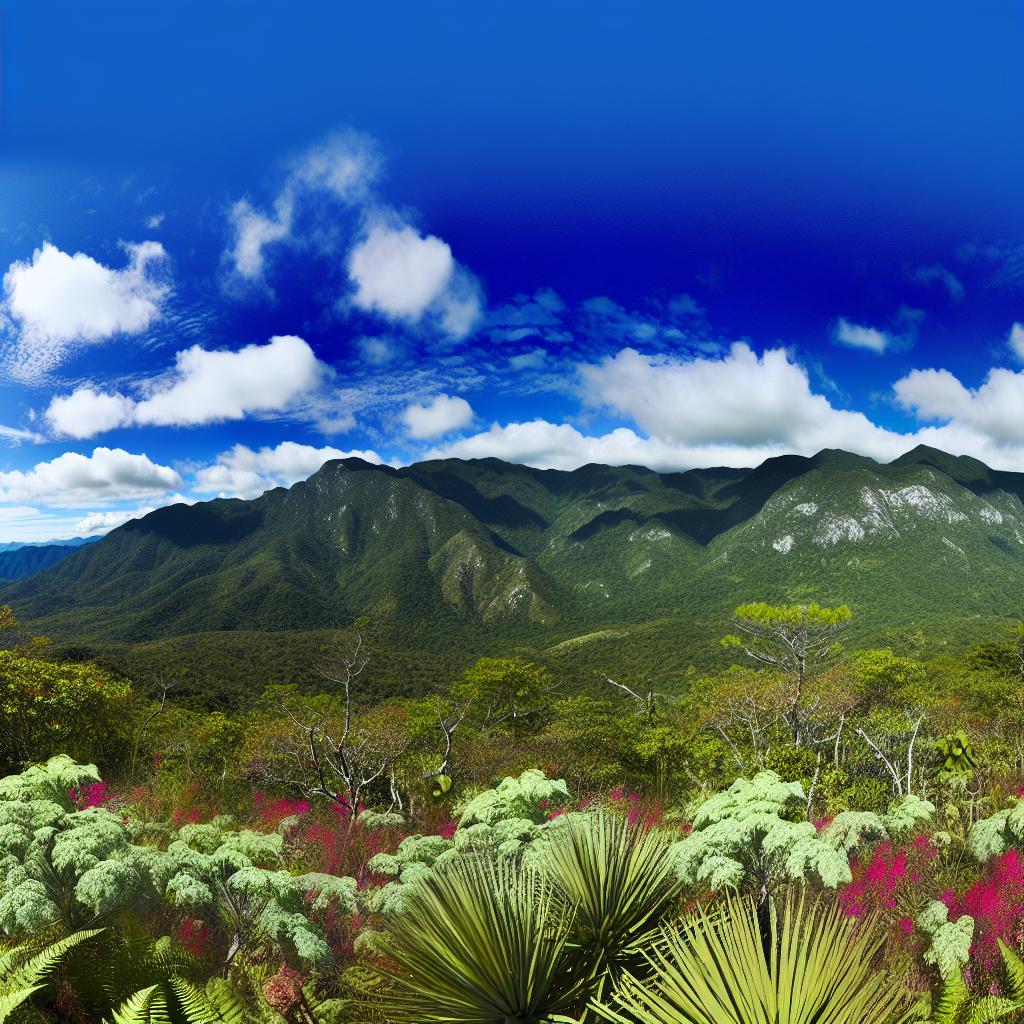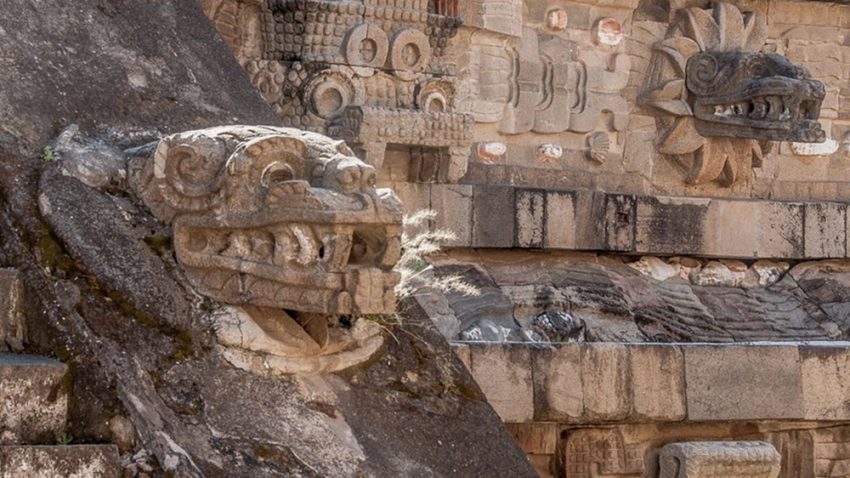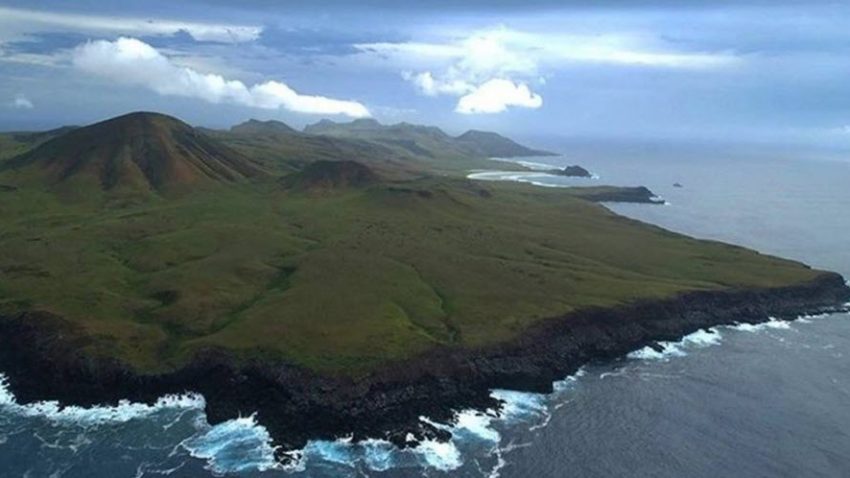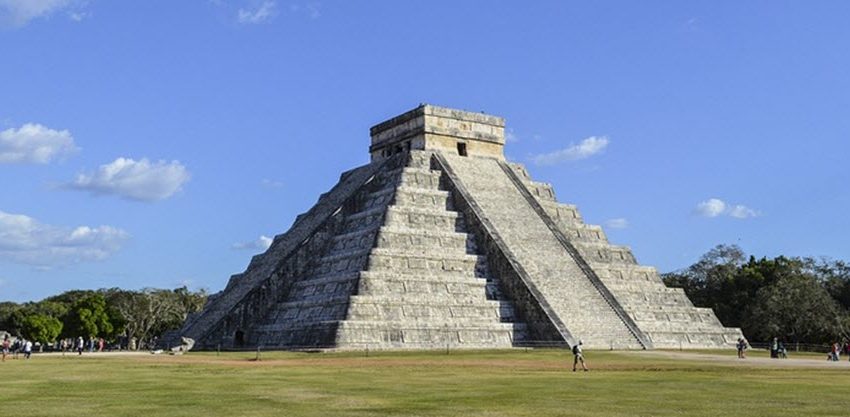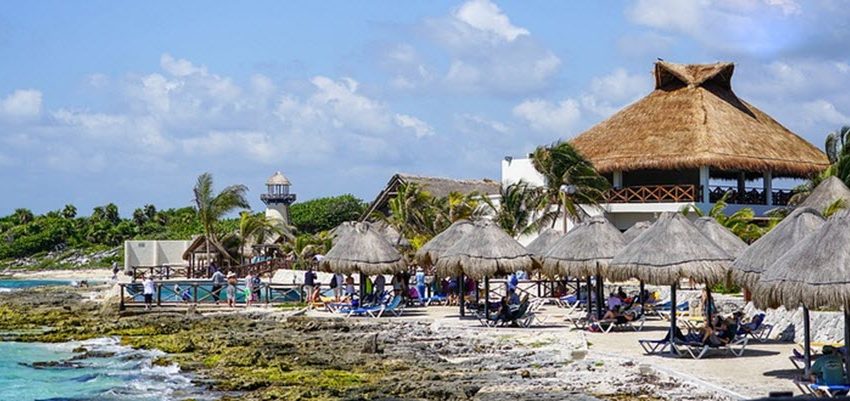Geographical Overview
The Sierra Madre mountain range is an indispensable geographical element that shapes the landscape and climate of eastern Mexico. Stretching its arms through nations like the United States to the north and reaching down to certain areas in Central America, this lengthy mountain system contributes significantly to the topographical and climatological nature of the region. The Sierra Madre is conventionally categorized into three principal ranges: the Sierra Madre Oriental, the Sierra Madre Occidental, and the Sierra Madre del Sur.
Sierra Madre Oriental
The Sierra Madre Oriental lies parallel to the eastern coastline of the Gulf of Mexico. This range stretches over approximately 1,000 kilometers and is a mosaic of varying ecosystems including lush forests, expansive shrublands, and arid deserts. As a natural barricade, it significantly influences regional weather patterns, creating distinct microclimates. Moreover, it serves as a vital habitat for a wide variety of flora and fauna, forming a rich tapestry of biodiversity.
The biodiversity found in the Sierra Madre Oriental is exceptional because of its mix of genetic resources in plants and animals. These environments provide sanctuary to species that are rare and sometimes exclusive to the region. Efforts in conservation focus on understanding these unique ecosystems better and proposing strategies to maintain them.
Sierra Madre Occidental
On the western edge lies the Sierra Madre Occidental, celebrated for its rugged, mountainous landscape that extends roughly 1,500 kilometers from the border shared with the United States down to the heart of Mexico. This immense range is characterized by its dramatic canyons, such as the noted Copper Canyon, which rivals the grandeur of the Grand Canyon in the United States.
The ecological importance of the Sierra Madre Occidental cannot be overstated. The complex and elevated terrains shelter a wide range of biodiversity and provide habitat for numerous indigenous communities. These communities often possess vast ecological knowledge, which is critical for the conservation and sustainable management of these natural resources.
Sierra Madre del Sur
Further down south, the Sierra Madre del Sur traverses through the Mexican states of Michoacán, Guerrero, and Oaxaca. This segment might not be as well-explored compared to its northern counterparts, yet it holds substantial importance. It is recognized for its rich biodiversity and cultural legacy. The climate along this range supports diverse ecosystems, from lush tropical rainforests to dry arid scrubs, nurturing an impressive spectrum of wildlife species.
Preservation of cultural heritage is as pivotal as ecological conservation in the Sierra Madre del Sur. The indigenous communities residing here play a crucial role in protecting these regions. Traditional knowledge and practices offer valuable insights into sustainable living with the environment.
Environmental Significance
The Sierra Madre mountains play a crucial role environmentally, serving as a significant regulator of climate across Mexico. The altitudinal variation across the ranges influences weather patterns and the distribution of rainfall, shaping the climate in different areas. These mountains function as vital watersheds, capturing atmospheric moisture and channeling it into river systems, which support both human and ecological communities.
The unique habitats found in the Sierra Madre support a plethora of plant and animal species, many of which are endemic or endangered. The complexity of these habitats is critical for biodiversity, and any change can significantly impact both local and regional ecological balance.
Challenges and Conservation Efforts
Despite their importance, the Sierra Madre mountains face a plethora of challenges today. Activities such as deforestation, mining, and the expansion of urban areas pose profound threats to these ecosystems. Effective conservation strategies are vital to address these pressing issues.
Efforts are underway both at the national and international levels to preserve the Sierra Madre’s unique biodiversity and cultural heritage. Establishing national parks and protected areas is a step towards promoting sustainable development while balancing the needs of nature and local communities. For a deeper understanding of conservation initiatives and their impact, you may visit Conservation International’s website.
Moreover, education, sustainable tourism, and community engagement are at the forefront of efforts aimed at safeguarding these natural treasures for future generations. These initiatives aim to create a harmonious coexistence between humans and nature while ensuring the preservation of the mountains’ ecological integrity.
A comprehensive approach that integrates scientific research, traditional knowledge, policy-making, and community participation is essential for the continued preservation of the Sierra Madre mountain ranges. As stewards of this natural heritage, the focus should remain steadfast on creating solutions that protect and uphold the intrinsic values of these essential geographical features.


